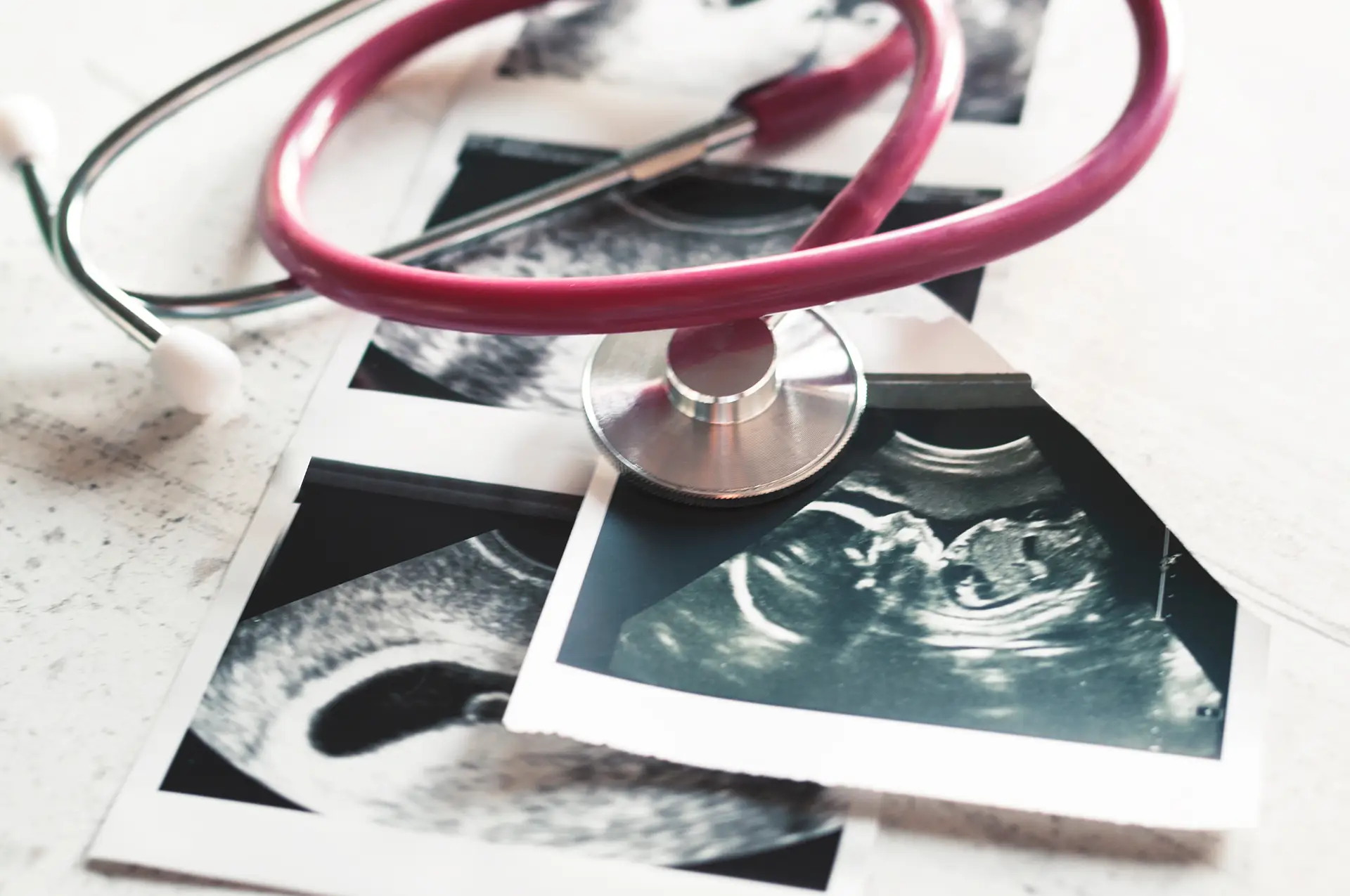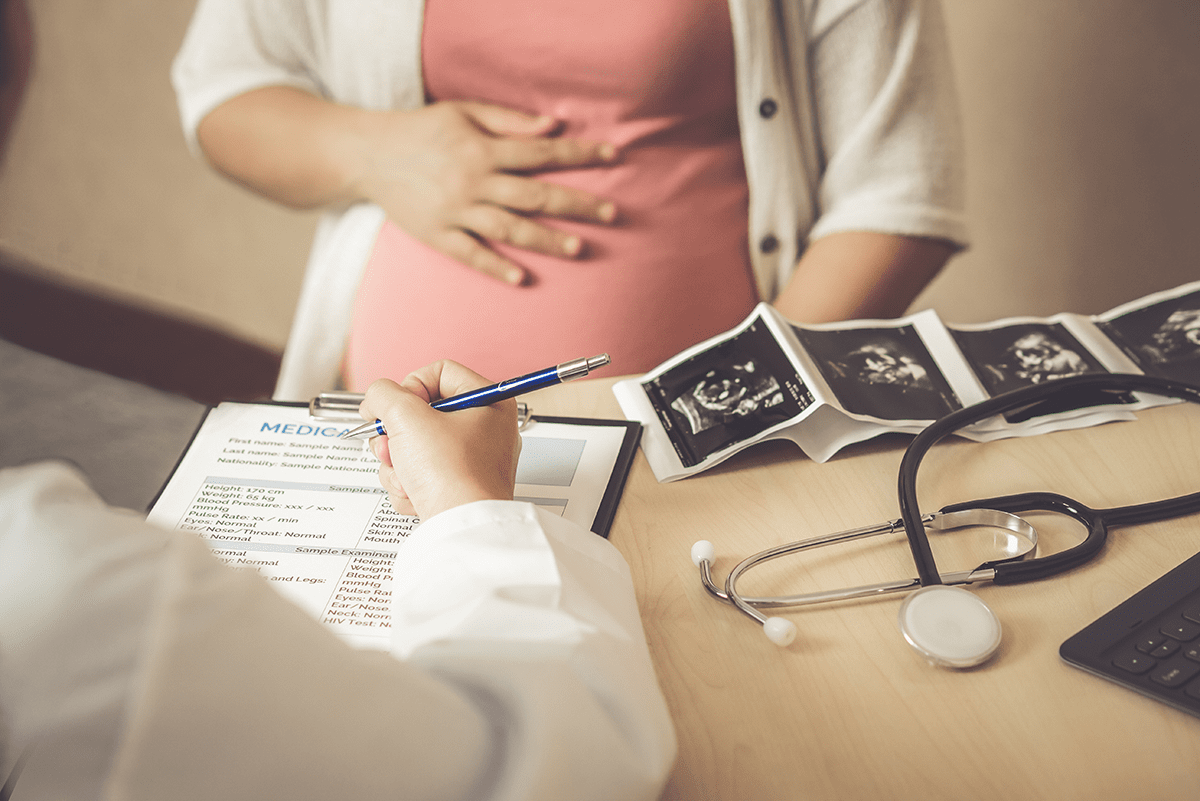TL;DR
- Yes, you can get pregnant after fibroid surgery — myomectomy (removal of fibroids while preserving the uterus) often improves fertility, especially if fibroids were affecting the uterine cavity.
- Wait before trying to conceive — about 3–6 months after hysteroscopic or laparoscopic myomectomy, and 6–12 months after open surgery, to allow the uterus to heal properly.
- Pregnancy is possible but carries some risks — such as scar tissue, uterine rupture, or placenta complications. Close monitoring by an OB-GYN or fertility specialist can help ensure a safer pregnancy.
For many women, fibroid surgery can bring welcome relief from heavy bleeding, pelvic pain, or pressure symptoms. But if you’re planning to start or expand your family, you may wonder: Can you still get pregnant? How long should you wait? Is it safe?
Here’s all you need to know.
Types of Fibroid Surgery and Their Impact on Fertility
Uterine fibroids (uterine leiomyomas) are non-cancerous growths that develop in the muscle wall of the uterus. They may form within the wall (intramural), project into the uterine cavity (submucosal), or grow on the outside surface (subserosal).
Many fibroids cause no symptoms and don’t require treatment, but surgery may be recommended if they affect your quality of life or fertility. The main surgical options are:
1
Myomectomy
This procedure removes fibroids while preserving the uterus, making it the preferred choice if you hope to conceive. Different approaches include:
- Hysteroscopic Myomectomy: Removes submucosal fibroids through the cervix, with no abdominal incision. Recovery is usually fastest, and it often improves fertility in cases where the fibroid distorts the uterine cavity.
- Laparoscopic Myomectomy: Removes fibroids via small keyhole incisions in the abdomen. It offers shorter recovery than open surgery while allowing access to intramural or subserosal fibroids.
- Open Myomectomy (Laparotomy): Removes very large or multiple fibroids through a larger abdominal incision. Recovery takes longer but allows comprehensive removal when less invasive methods aren’t suitable.
2
Hysterectomy
This removes the uterus entirely, ending the possibility of pregnancy. It’s considered only if childbearing is not a goal, or when fibroids are very large and cause severe symptoms.
3
Uterine Artery Embolisation (UAE)
This blocks blood supply to fibroids, causing them to shrink. While this surgery can relieve symptoms, it’s not usually recommended if you want to get pregnant, as it may affect the uterine lining and blood flow.
Can You Get Pregnant After Fibroid Surgery?
In many cases, yes. Myomectomy can improve fertility, particularly if fibroids were distorting the uterine cavity or interfering with implantation. Removing these fibroids creates a healthier environment for pregnancy. Still, outcomes vary and depend on:
- Your age and ovarian reserve.
- The number, size, and location of fibroids removed.
- The surgical approach and how well your uterus heals.
- Other fertility factors, such as endometriosis or sperm health.
How Long Should You Wait Before Trying to Conceive?
Your uterus needs time to heal before pregnancy. The recommended waiting period depends on the procedure:
- Hysteroscopic and Laparoscopic Myomectomy: Wait around three to six months.
- Open Myomectomy: Wait six to 12 months.
Pregnancy is not possible after a hysterectomy. While some women have conceived after UAE, research is limited, and the risk of complications is high. It’s important to discuss your family-planning goals with your obstetrician-gynaecologist (OB-GYN) before undergoing any procedure that could affect fertility.
Potential Risks During Pregnancy After Surgery
Even with successful surgery, some pregnancy-related risks remain:
- Scar tissue (adhesions) may form inside the uterus or pelvis, sometimes affecting implantation.
- Uterine rupture is rare but serious, occurring if the uterine wall breaks during pregnancy or labour. It’s more likely after the removal of deep or multiple fibroids.
- Placental complications, such as placenta previa (placenta covering the cervix) or placenta accreta (placenta attaching too deeply), may occur more often after surgery.
- Delivery considerations: Depending on your surgical history, your doctor may advise a planned caesarean (C-section) to reduce stress on the uterine scar.
These risks can be reduced by following the tips below.
Tips for a Healthy Pregnancy After Fibroid Surgery
When you’re ready to try for pregnancy, these steps may help:
- Share your surgical history and operative notes with your OB-GYN. They may order a pelvic ultrasound or MRI to check healing before giving you the go signal.
- Track your ovulation using apps or ovulation kits to identify fertile days.
- Maintain a healthy lifestyle: eat a balanced diet, exercise regularly, and manage stress.
- Stay in close contact with your doctor for ongoing monitoring of your scar and overall health during pregnancy.
When to See a Fertility Specialist
You can consider consulting a fertility specialist if you:
- Have been trying for six to 12 months without success.
- Are over 35 and concerned about age-related fertility decline.
- Had multiple fibroids removed or required open surgery.
- Experience persistent irregular bleeding, pain, or other symptoms after surgery.
A fertility specialist can perform a detailed investigation, explaining your chances of natural conception and assisted reproductive options.
Speak to a Fertility Specialist
Planning for pregnancy after uterine fibroid surgery can feel overwhelming, but you don’t have to go through it alone. With the right guidance, many women go on to have healthy pregnancies. Dr TC Chang, an experienced OB-GYN in Singapore, offers personalised advice and care, helping you take the next step with confidence.
Book a consultation today and start planning your path to parenthood.



